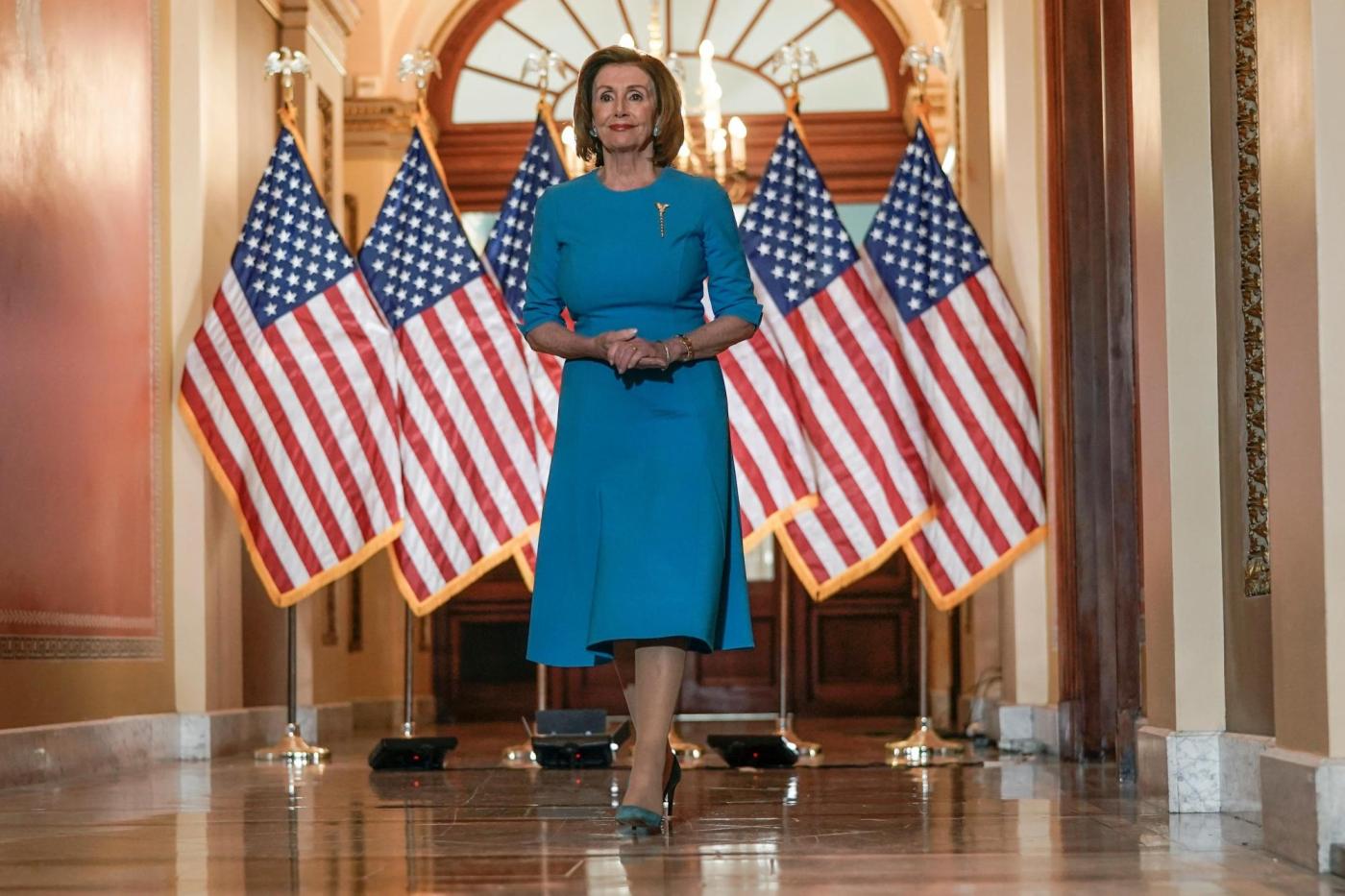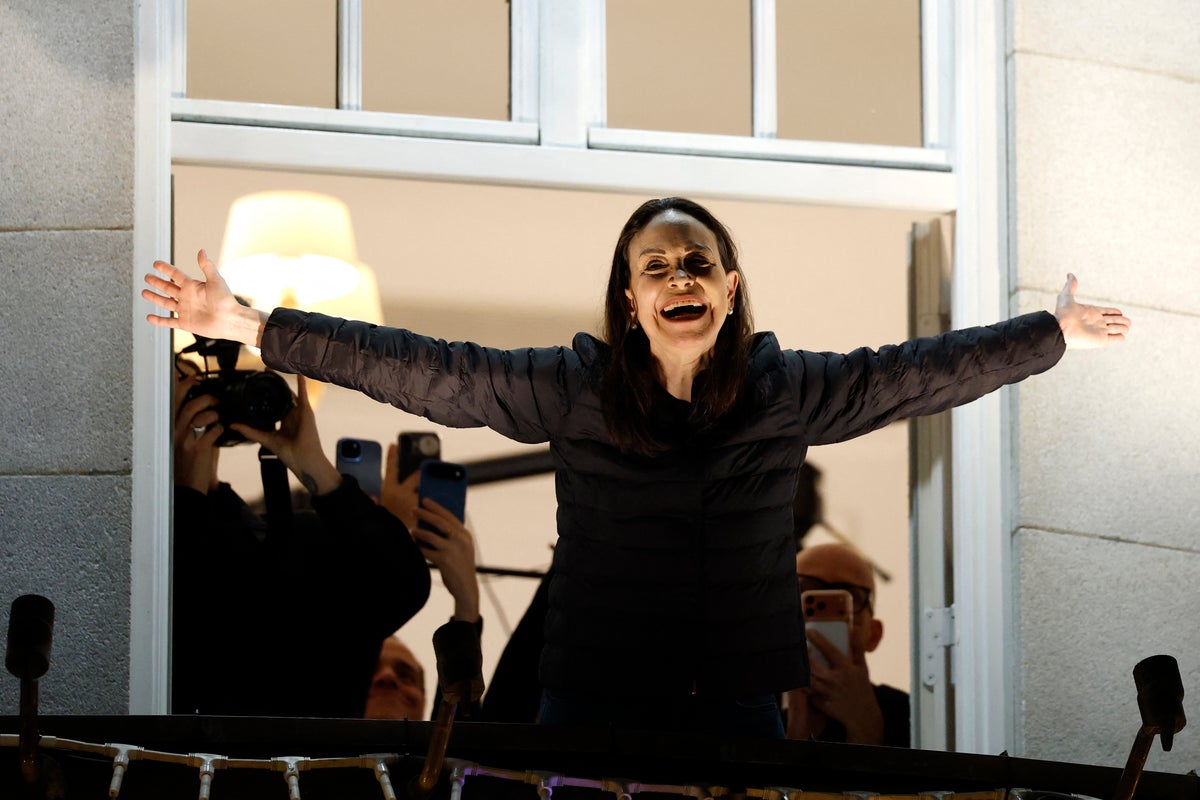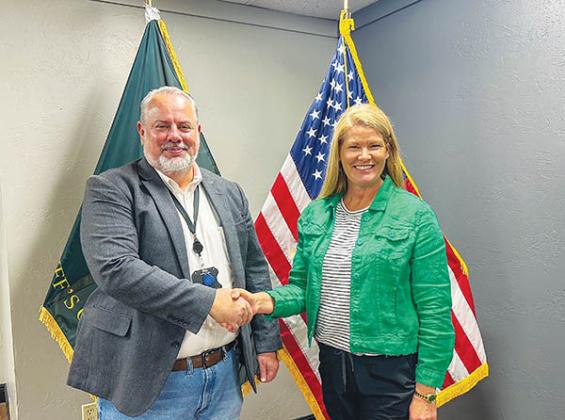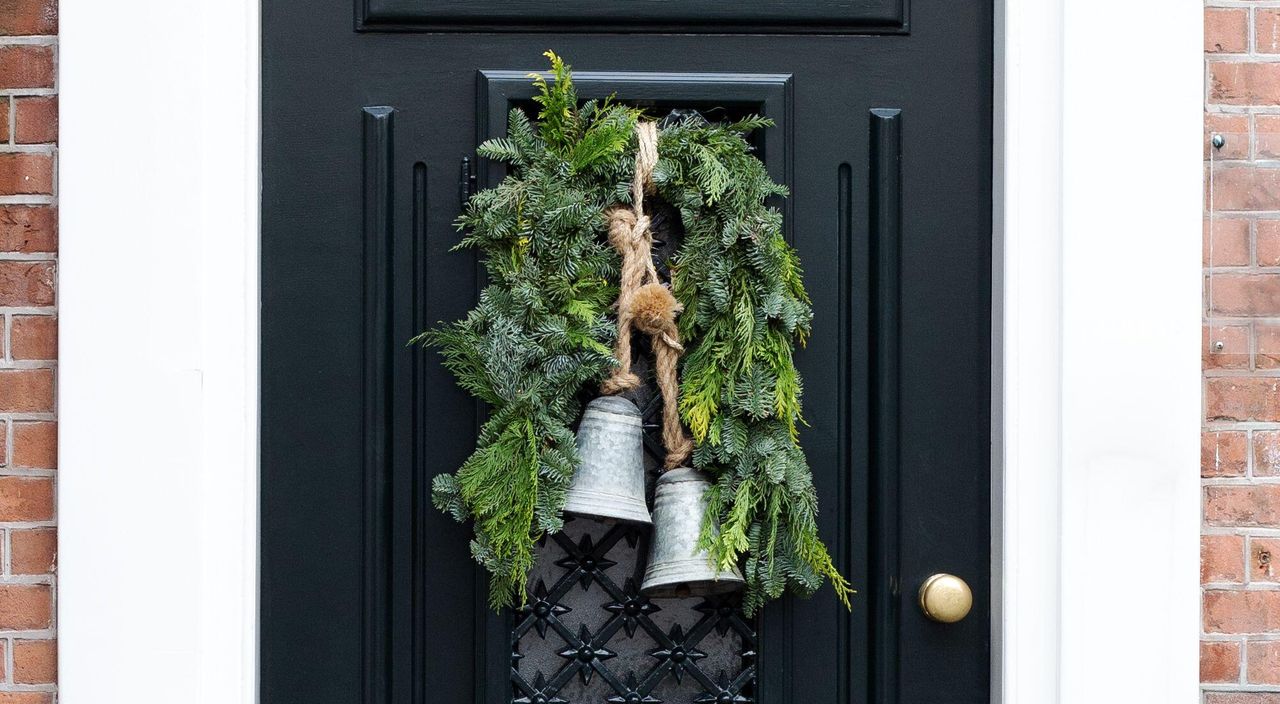Halloween evokes a unique sense of wonder, transcending conventional belief systems associated with other holidays. Unlike Christmas or Easter, which revolve around specific figures like Santa Claus or the Easter Bunny, Halloween invites participants to engage with a more abstract concept—the very essence of the night itself.
As the air turns crisp in October, a transformation occurs, particularly in urban settings like New York City. The atmosphere shifts as temperatures drop, and the days shorten, creating an enchanting backdrop for the festivities. Stores, such as CVS, fill their aisles with items designed to spark creativity and delight. From plastic skeletons and rubber spiders to vibrant costumes, the excitement is palpable, igniting memories of childhood thrills.
In neighborhoods across the city, children dressed in costumes weave through brownstone-lined streets, their laughter echoing as they collect treats. Apartment lobbies swing open to welcome trick-or-treaters, while local shopkeepers hand out candy, fostering a sense of community. The scent of autumn leaves mingles with sugary delights, encapsulating the magic of the season.
For many, Halloween represents a time when fear becomes a shared experience rather than something to be avoided. The thrill of the unknown transforms the dark into an inviting space, where each masked figure could embody something extraordinary. This sense of magic, born from camaraderie and imagination, is what many adults fondly remember.
As adulthood sets in, Halloween evolves. The days of innocent trick-or-treating often give way to campus events and crowded parties, where costumes become less about creativity and more about social performance. Group chats now dictate costume choices, focusing on aesthetics rather than the spirit of playful imagination.
Despite these changes, the essence of Halloween continues to spark joy. As temperatures drop, a flicker of nostalgia ignites when one encounters a glowing pumpkin or a dog in a costume. This enduring love for Halloween reflects a deeper appreciation for the holiday’s ability to transform.
What many cherish about Halloween in their later years is not just the magic but the freedom it allows to step outside one’s everyday persona. It provides a brief respite from the pressures of academic life, injecting lightness into an otherwise demanding semester. It invites people to embrace the whimsical, to indulge in creativity, even when reality looms.
Halloween remains present in adult life, albeit in different forms. It manifests in small rituals—candlelit gatherings, laughter shared among friends, and the warm glow of festive decorations scattered throughout campus. These elements create a sense of belonging and community, reinforcing the idea that belief in Halloween can be both profound and chosen.
As individuals navigate the complexities of adulthood, the spirit of Halloween adapts rather than disappears. The holiday encourages participation in a world where imagination reigns, revealing that belief does not have to be blind or naive. Instead, it can be a conscious choice, allowing individuals to engage with the magic of the night and the joy it brings.
This transformation of belief in Halloween exemplifies how traditions can evolve while retaining their core essence. In embracing the holiday, people of all ages can find moments of joy and connection, reminding us that the magic of Halloween is not confined to childhood. It is a continuously evolving celebration that invites everyone to play along, no matter their age.







